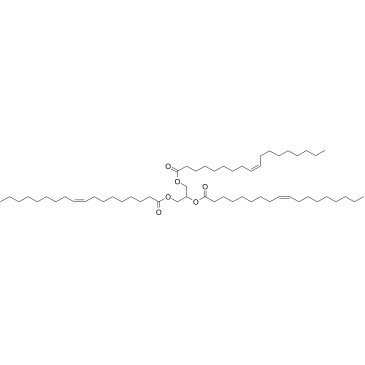| Structure | Name/CAS No. | Articles |
|---|---|---|
 |
Glycerine trioleate
CAS:122-32-7 |
|
 |
Sartorius SM 11127
CAS:9004-35-7 |